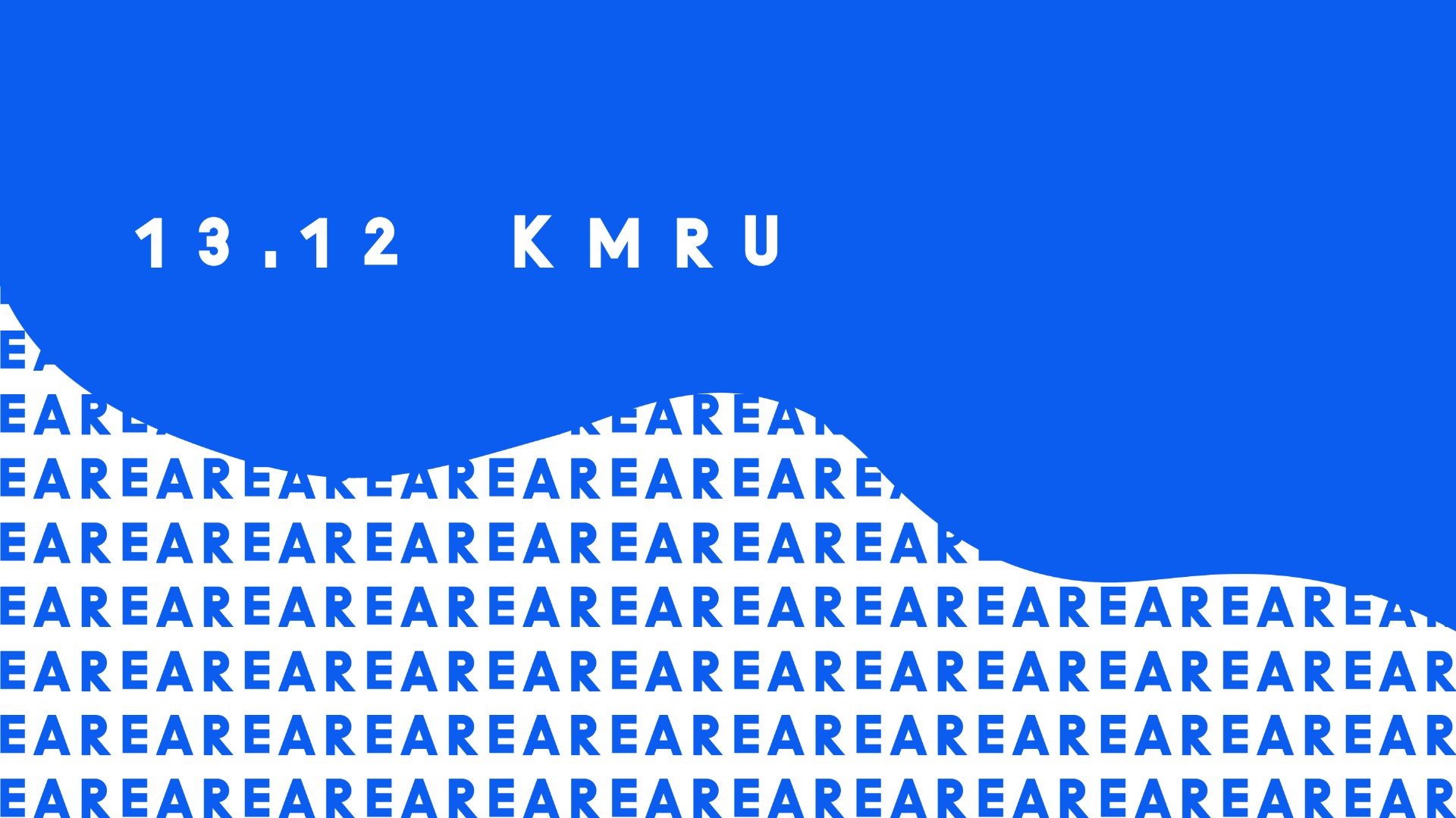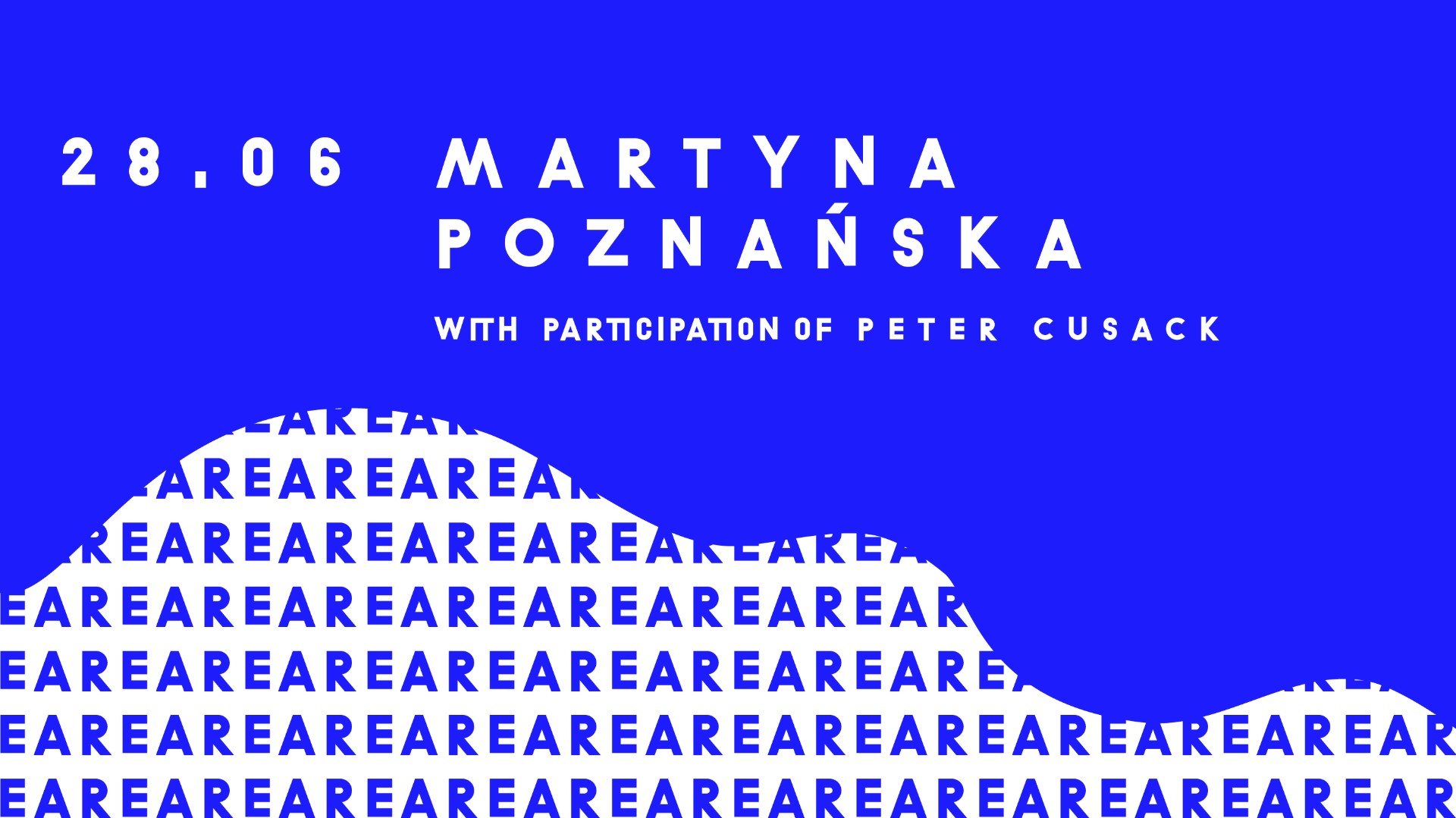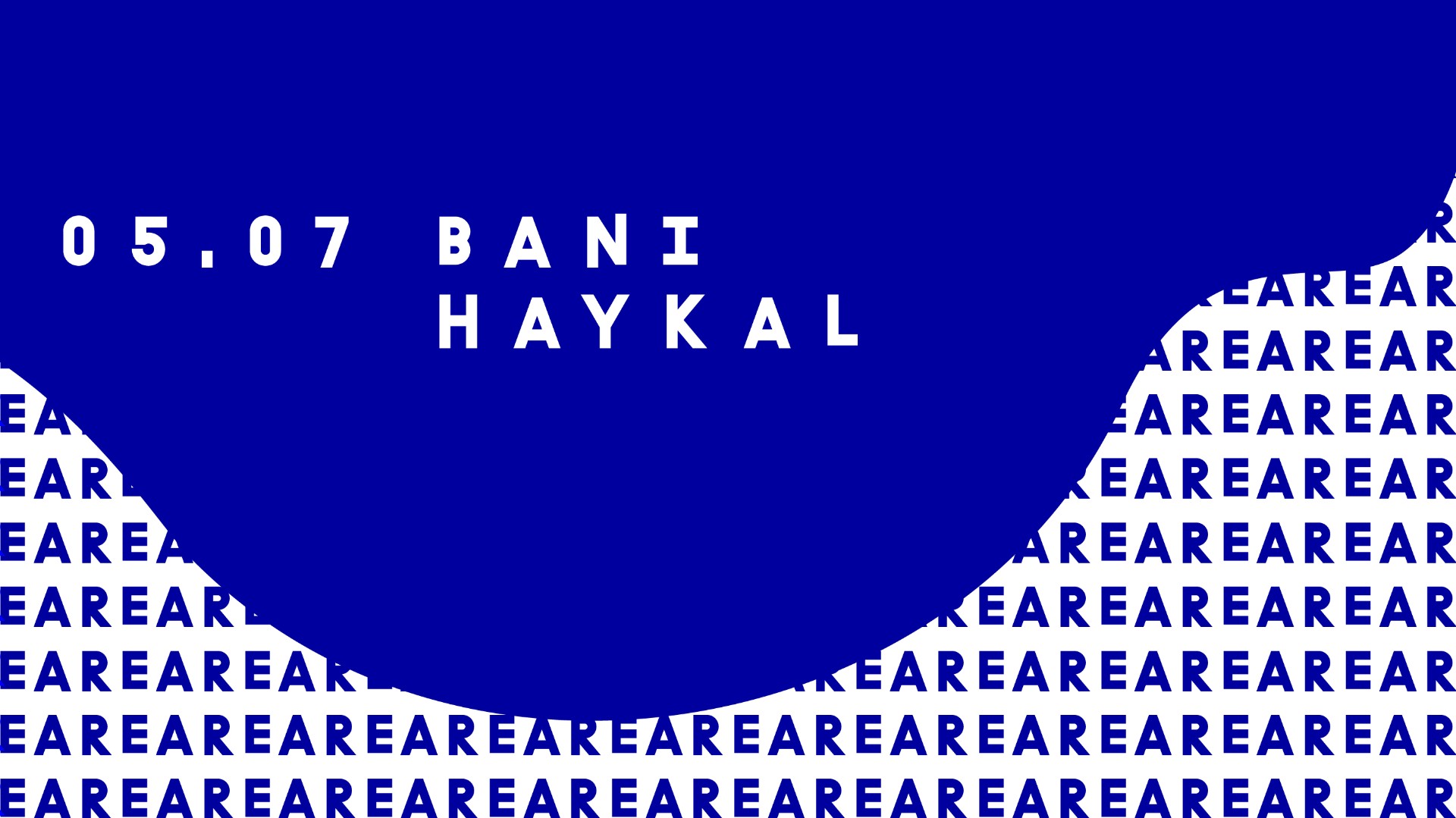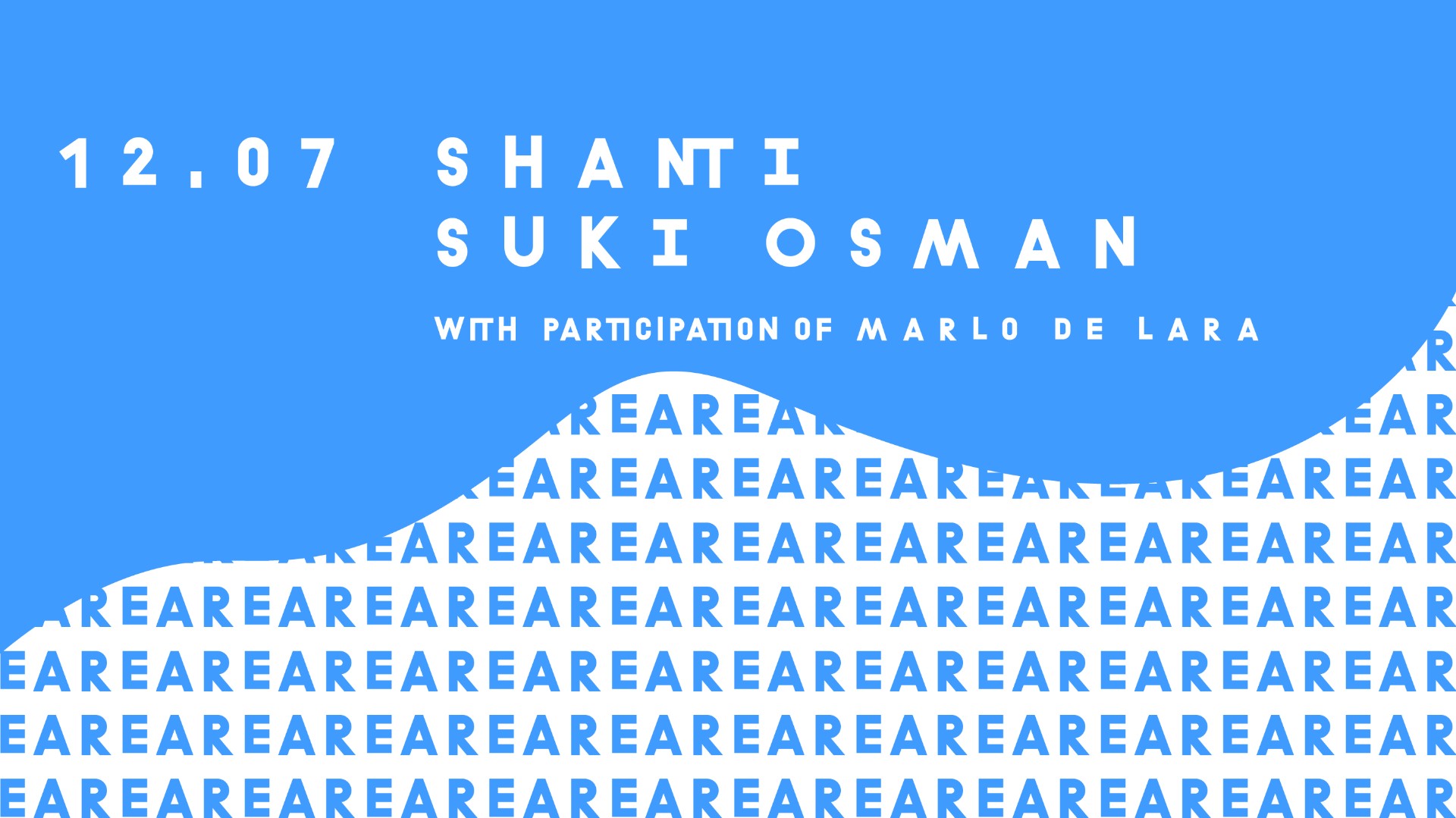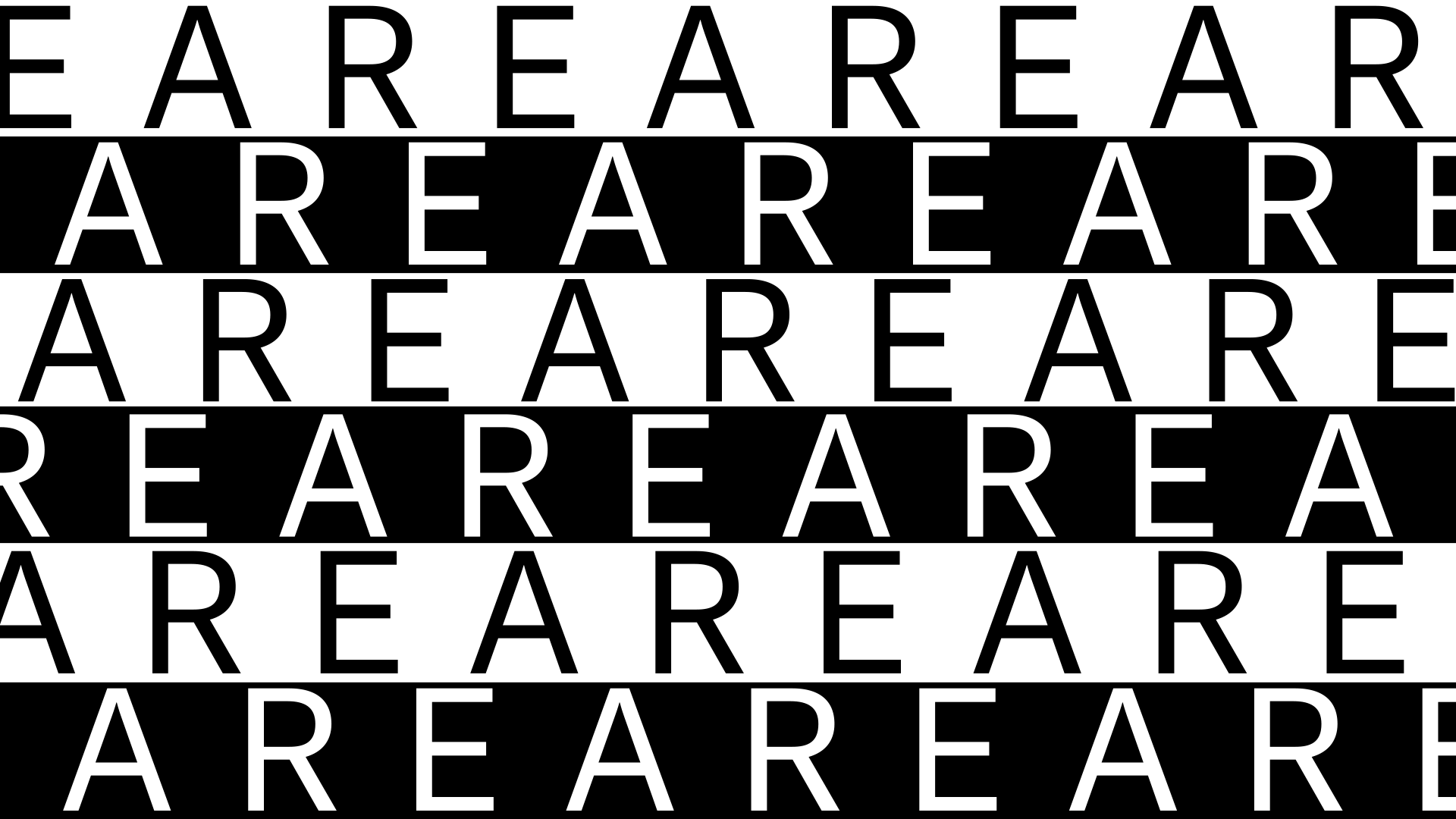Listening into Placelessness.
Untraining the Ear.
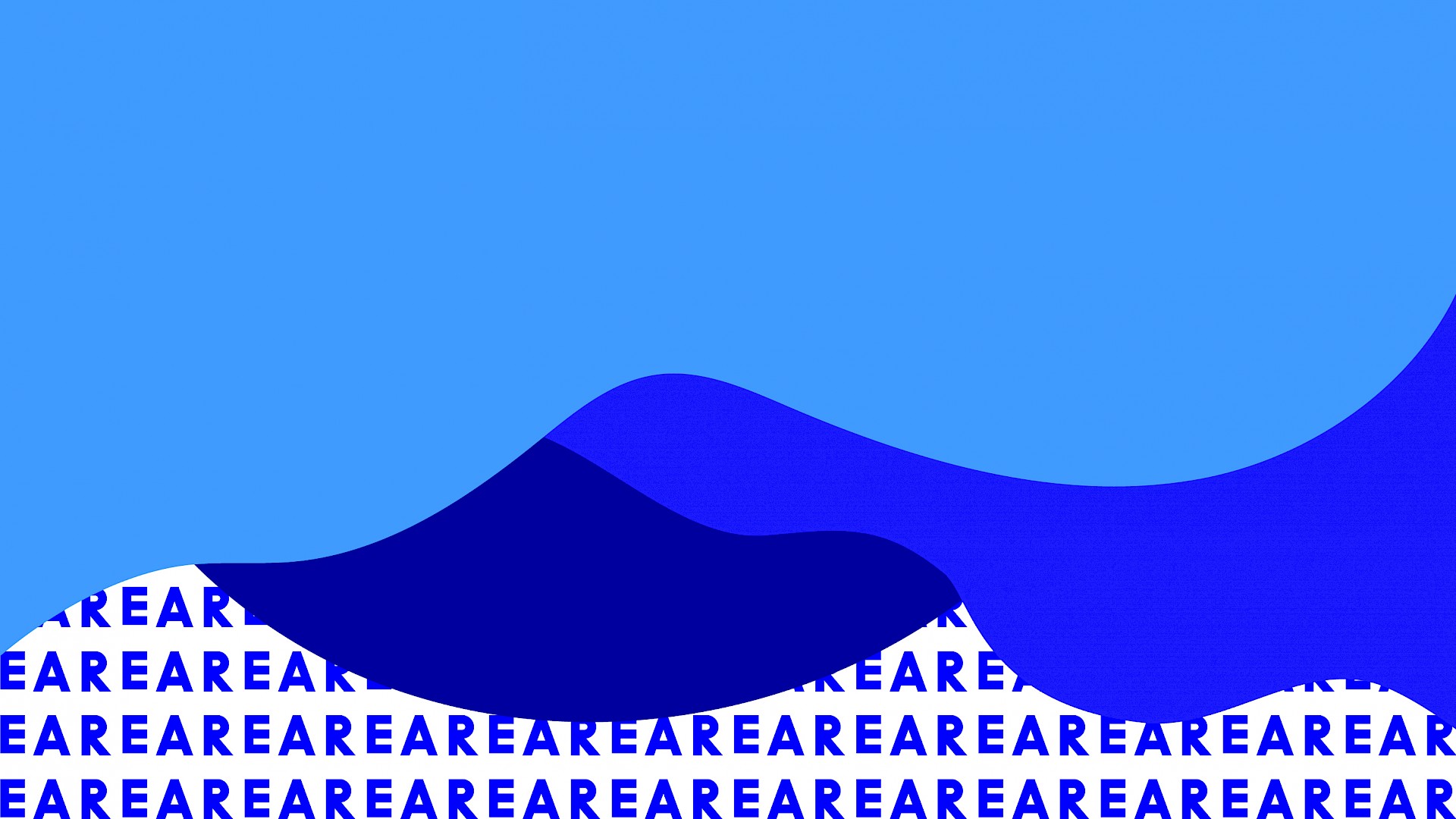
Listening Stations
28.06.2020 17:00 Martyna Poznańska mit Peter Cusack
05.07.2020 17:00 bani haykal
12.07.2020 17:00 Shanti Suki Osman mit Marlo de Lara
13.12.2020 16:00 KMRU
ONLINE & RADIO EVENT Online streaming hier auf der Website und über 88.4 FM & Potsdaym 90.7FM
The word place has psychological echoes as well as social ramifications. ‘Someplace’ is what we are looking for. ‘No place’ is where these elements are unknown or invisible, but in fact every place has them, although some are buried beneath the asphalt of the monoculture, the ‘geography of nowhere’. ‘Placelessness’, then, may simply be place ignored, unseen, or unknown.
Listening Stations refers to a mode, a type of listening with our body as a station, irrespective of adjutant tools, a body which receives and processes sound. Rather placed than searching, rather stationed, we presume to have more attention to the unknown elements that every place has. We ask ourselves how we can grasp these elements, and is what we are now able to listen to rather anew than new to our ears.
The current reordering of times, changed several aspects of our lives: speed, touch, focus. While being subjected to restrictions, our closeness is being reorganized. This time may as well correspond to another change: reconnecting with our senses, closer to the unknown, to the invisible or the presumed to be inaudible.
Performing listening is a shift which has been made possible by listening technologies. More precisely, that phenomenon which Roshanak Kheshti calls “domestication of listening.” [2] From the invention of the phonograph to several decades of recorded voice letters on cassettes, we think of the implications of both recording and reproducing. Of multiplying voices and spaces, of the physicality of sound and various geographies overcome by people who used these technologies for liberation, not only to possess. We are searching for what shifts communication [3], what arouses it in a given time, probably an element stripped of geography, which domestication expanded rather than settled. We imagine to sense within what Lucy Lippard calls “placelessness”, but also into a place fullness, into shifting presences, shifting knowledges.
"'Times have changed' means: 'this or that is no longer possible.' And what a particular state of things readily presents as impossible is, quite simply, the possibility of changing the state of things." [4]
Beyond interdiction, we continue the premise of Jacques Rancière neither as pessimists, nor as conformists. But rather as those who take these times as a chance to reflect upon a reorganization of known forms of communication in both what is listened and emitted. In that process of reorganization of time among other elements, we re-engage with radio as a tool of real time re-distribution. Spinning the real to reel, not opposite to the imaginary, but alternative to it, we think of time and space as something to be listened to. Choosing this perspective is hopefully allowing a critical inquiry into possibilities of manipulation of times and its iterations. Its repetitions that are never exactly the same. Time is an elemental feature of sound production through recording, playing, re-ordering and cutting, compressing, stretching and more; what is then real-time and where are we in it? This real time we try to reform. And we here are neither pessimists nor conformists, but this kind in search for imagination.
Rather no-placed, we multiply our philosophies emergent from the implacability. Namely the current impossibility to be together in the physical space of our njangi house in Wedding, Berlin. The way we envision radio in FM and online for Listening Stations, is a radio that knows “how to receive as well as to transmit, how to let the listener speak as well as hear, how to bring him into a relationship instead of isolating him.” [5] 88 years later, we still like to question this.
The move from Listening Sessions in the physical space of SAVVY Contemporary into Listening Stations on radio waves happens through acting around our devices both as emitters and listeners. In that placefulness we encourage artists and audience to imagine the lines of time and language, to liquify them, as well the edges, the norms of the spaces they inhabit; and to curiously listen to communication as it unravels. Thus, to try this two-way communication over waves and streams in our terms. The physical distance between us – listeners, performers, organizers – allows for a particular crossover, giving the placelessness/fulness the potential of crossing in which irrespective of everyone's devices, we can engage with what is broadcast. Domestication and democratisation are being just gates to waywardness out of normativity of listening bodies.
We are giving another premise to the consequence of displacing the performative being: to sense together this impermeable, unpredictable state of art to be listened to. With this shift we are reaching back and forth to audiences via streaming and radio, envisioning collaborative feedback and feedforth, dreaming of engaged ensambles coordinating. A momentarily network of listening is transcending geographical restrictions imposed onto our bodies.
We invite artists to be in conversation with the audience. Artists are encouraged to work with modalities, suggesting nearly instructions tackling the uses of senses, to build up towards a space for communication of touch with audiences; suggesting modes of listening, from body posture to mind postulates. Sound artists and musicians are invited to produce a 40 minutes piece each to be live broadcasted in a meeting of streams of data across local and international radio initiatives.
The sound works will be audible by online streaming, in Berlin on 88.4 FM and other radio and streaming spaces. The works will be followed by a discussion between the artists and the Untraining the Ear team. This exercise suggests listening in-between radio frequencies and between frequencies, the lines of time and language.
Streaming is a practice which SAVVY Contemporary has embraced a good while back, in the name of accessibility and geographical reverberance. This shift from the Listening Sessions in-person to the Listening Stations in-streaming is a change in the physicality of the interaction, central to the Untraining The Ear instances we have hosted so far. We invite the participants to ponder over this change and to actively engage with their senses, through machines over frequencies.
Künstlerische Leitung Bonaventure Soh Bejeng Ndikung
Kuratisches Team Jasmina Al-Qaisi, mit Kamila Metwaly, Mahnoor Lodhi und Ola Zielińska
Text Jasmina Al-Qaisi
KO-KURATion Marcus Gammel und Jan Rohlf
Management Lema Sikod und Jörg-Peter Schulze
KOMMUNIkATION Jasmina Al-Qaisi und Anna Jäger
VISUALS Ola Zielińska
Layout Lili Somogyi
Partner Deutschlandfunk Kultur und CTM Festival
Förderung Musicboard Berlin
Lucy R. Lippard. The Lure of the Local: Senses of Place in a Multi-centered Society (New York: New Press, 1997, 4). We came across this quote reading “The Spatial Politics of Radio: Anna Friz’s Critical Utopias” by Gascia Ouzounian
In: Roshanak Kheshti. Modernity’s Ear. Listening to Race and Gender in World Music: ”The domestication of the practice of listening to recorded music shifted the labor from musical performance to performative listening.”
We are thinking of the work by Lewis R. Gordon and the notion of Shifting the Geography of Reason in an Age of Disciplinary Decadence through communication on radio.
Jacques Rancière. The State of Things. (Office for Contemporary Art Norway, 2012). The quote continues: “That impossibility thus works as an interdiction: there are things you can no longer do, ideas in which you can no longer believe, futures that you can no longer imagine. ‘You cannot’ clearly means: ‘you must not’.”
Bertolt Brecht. “The Radio as an Apparatus of Communication”. ("Der Rundfunk als Kommunikationsapparat" in Blätter des Hessischen Landestheaters Darmstadt, No. 16, July 1932).

